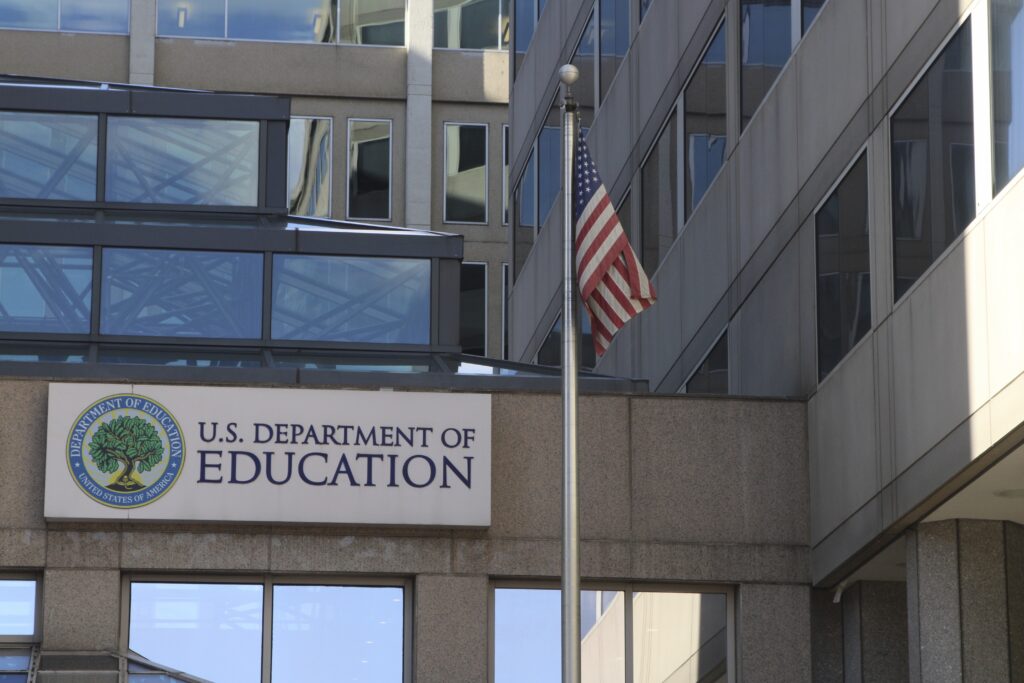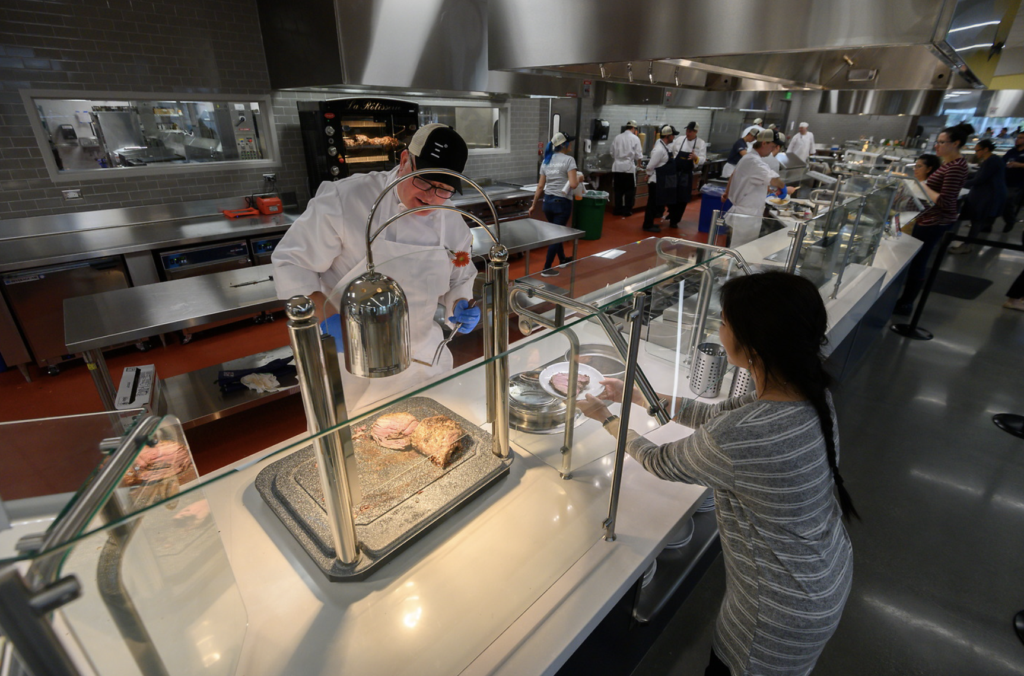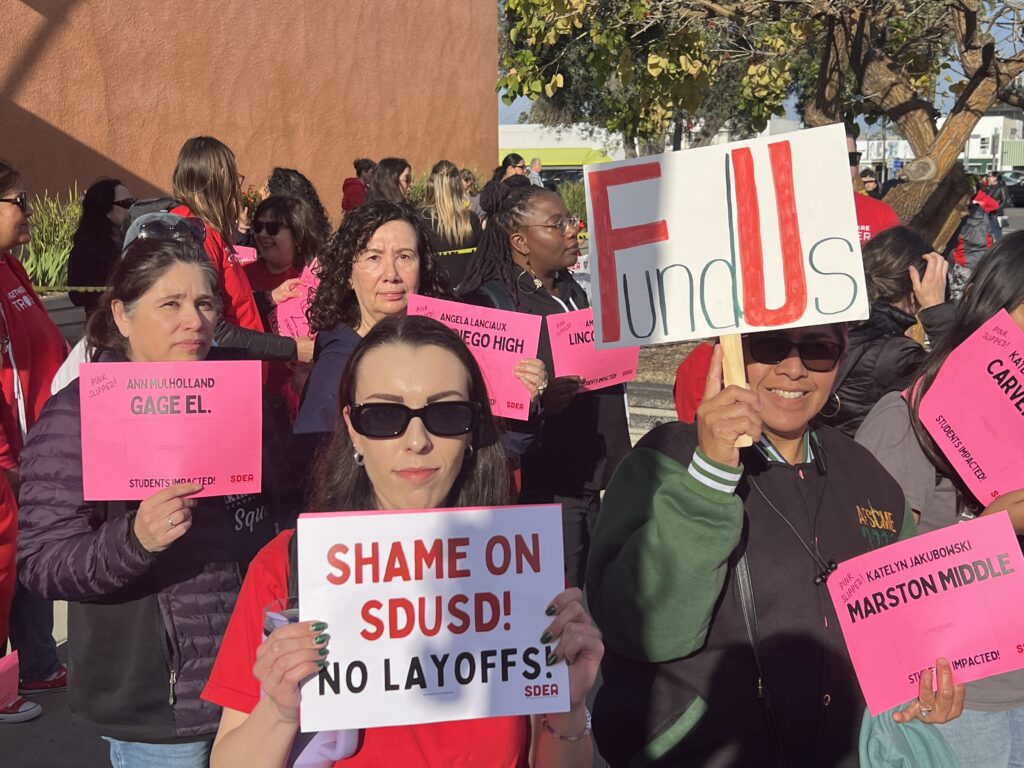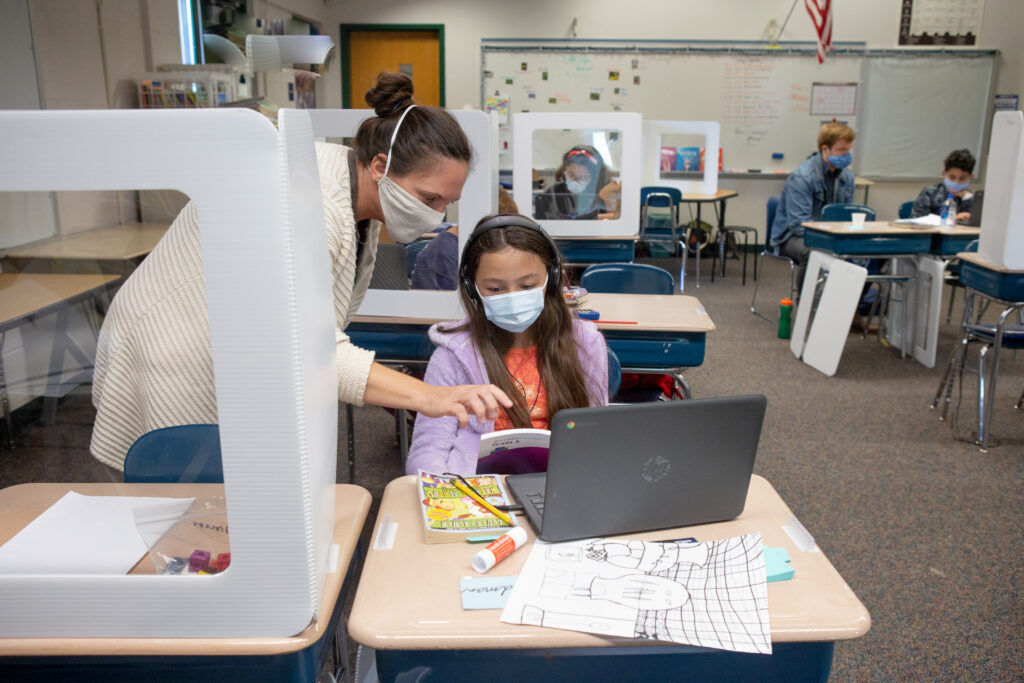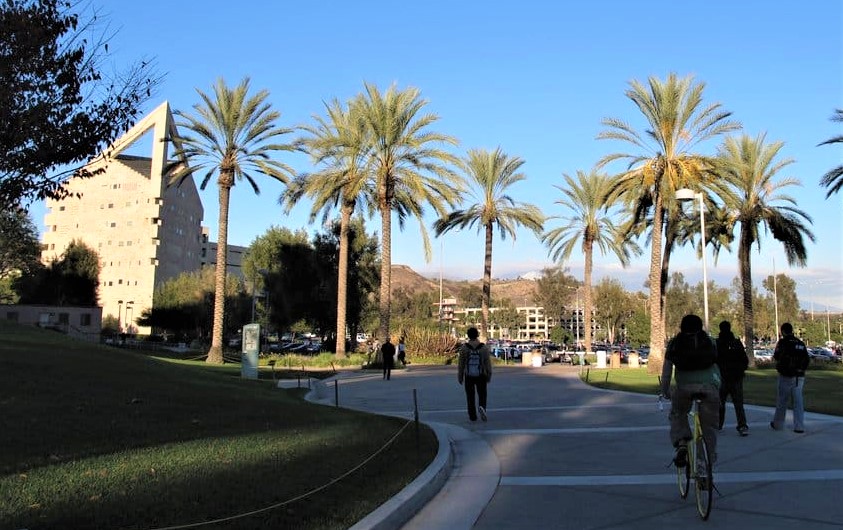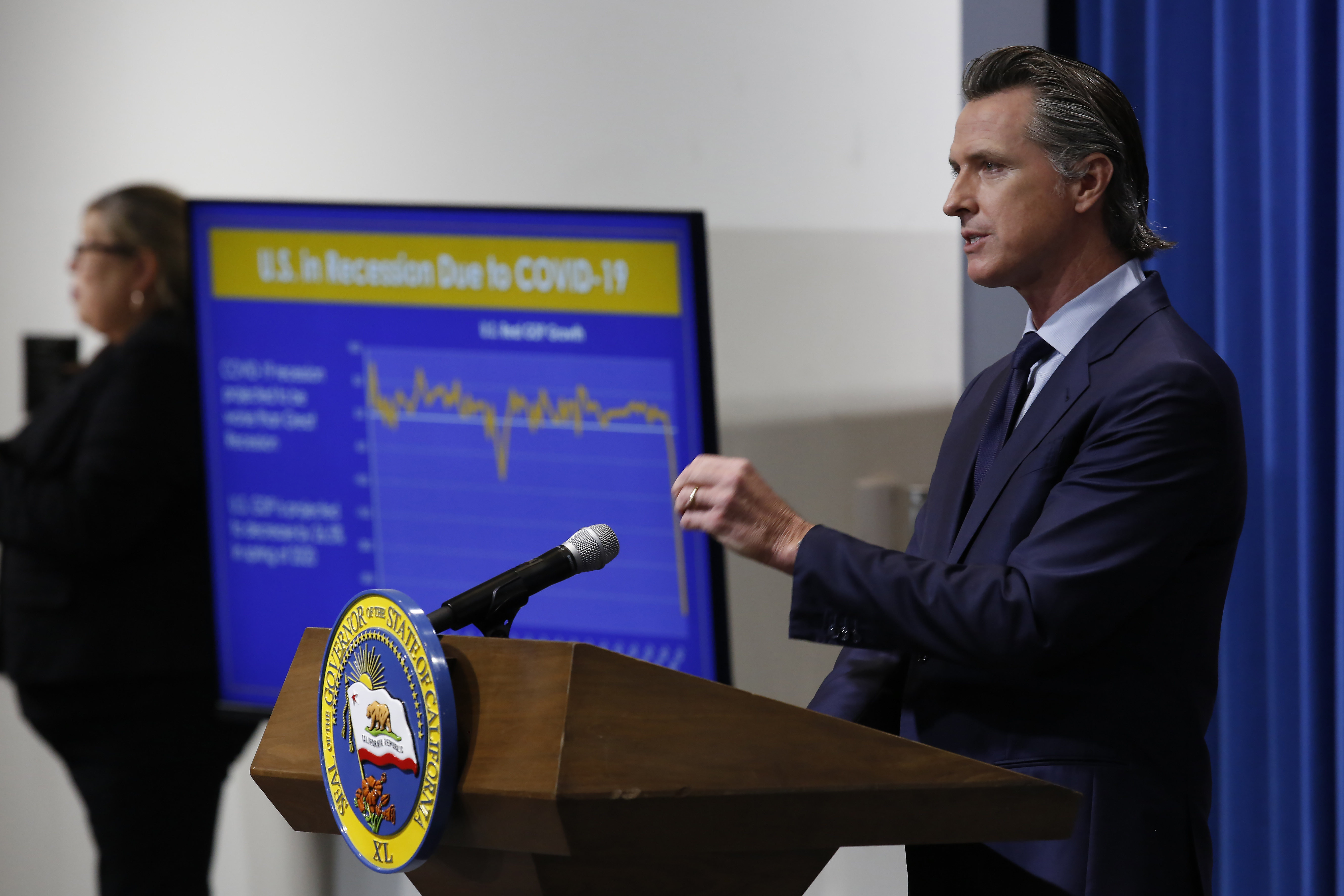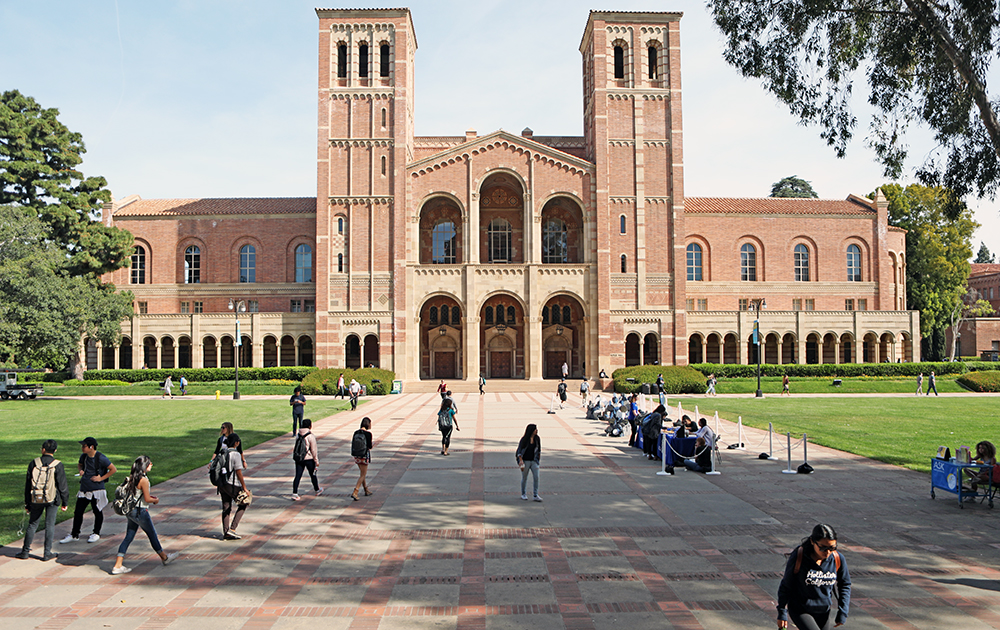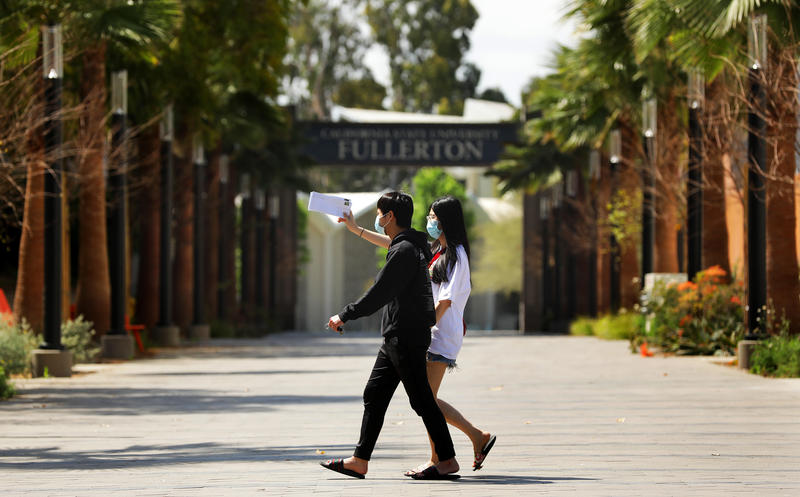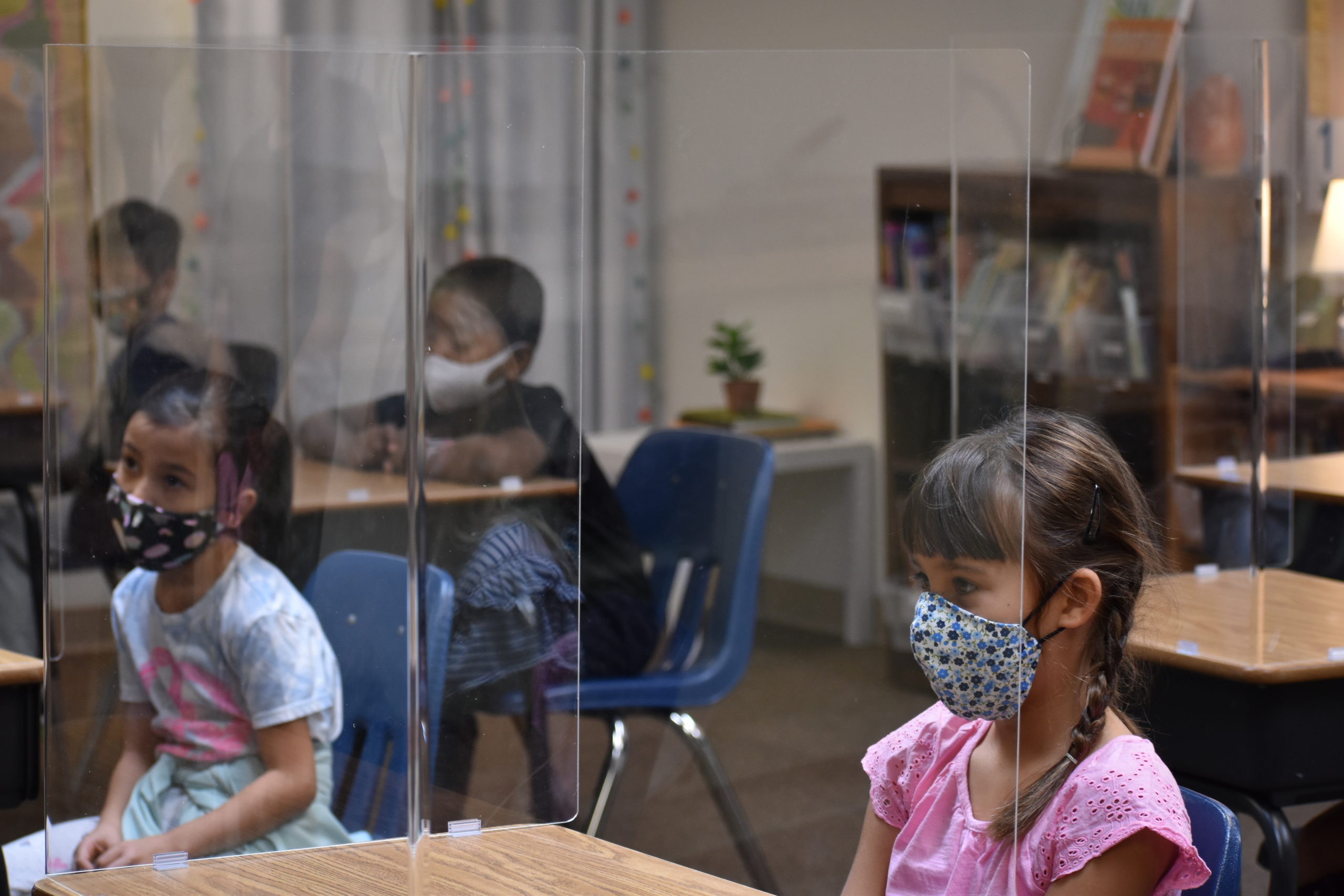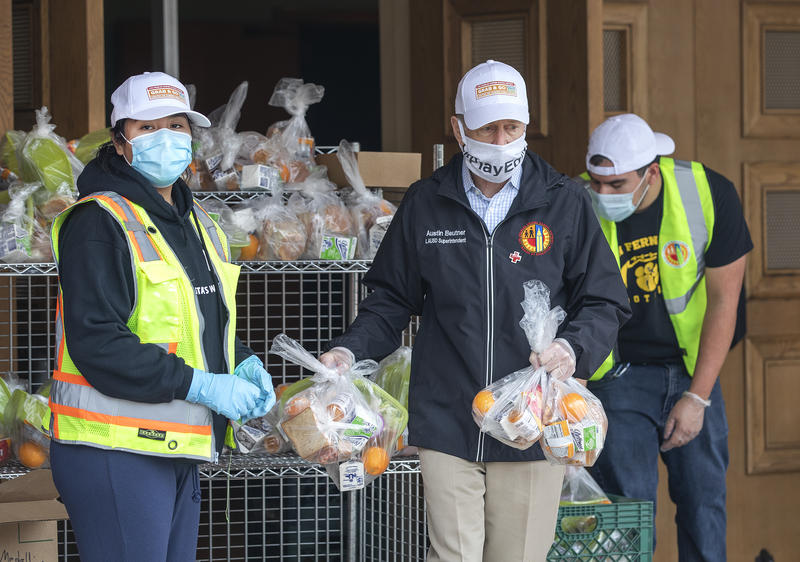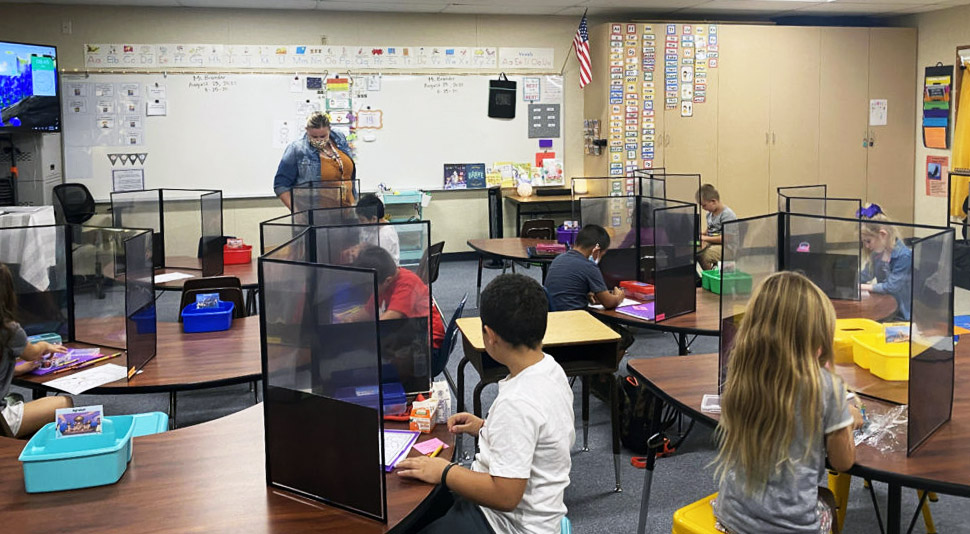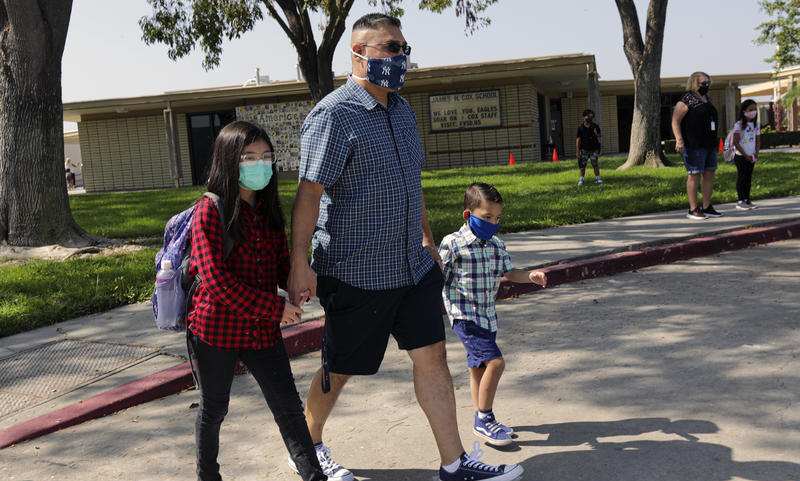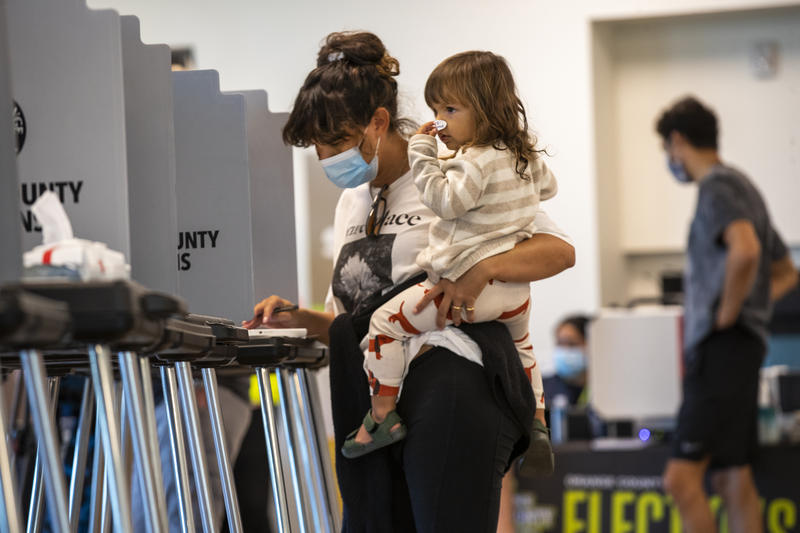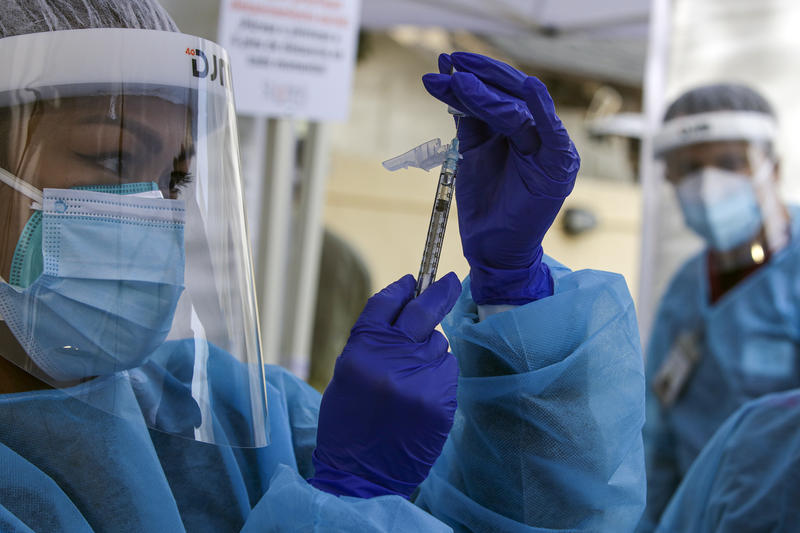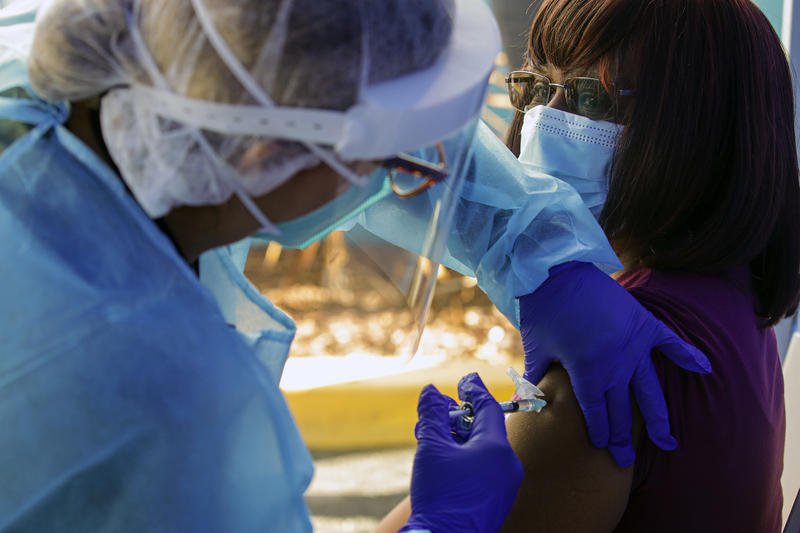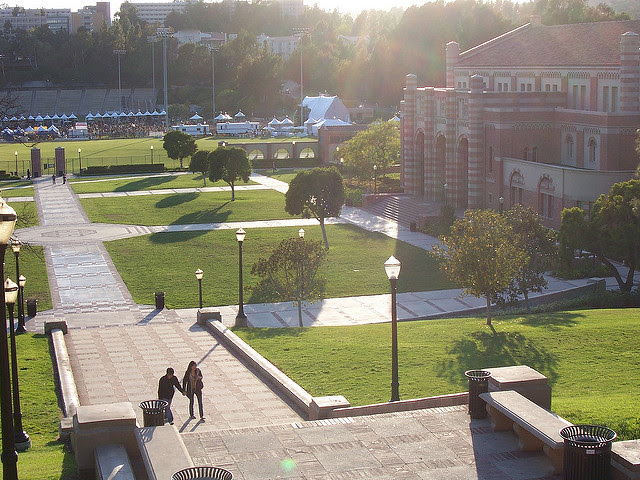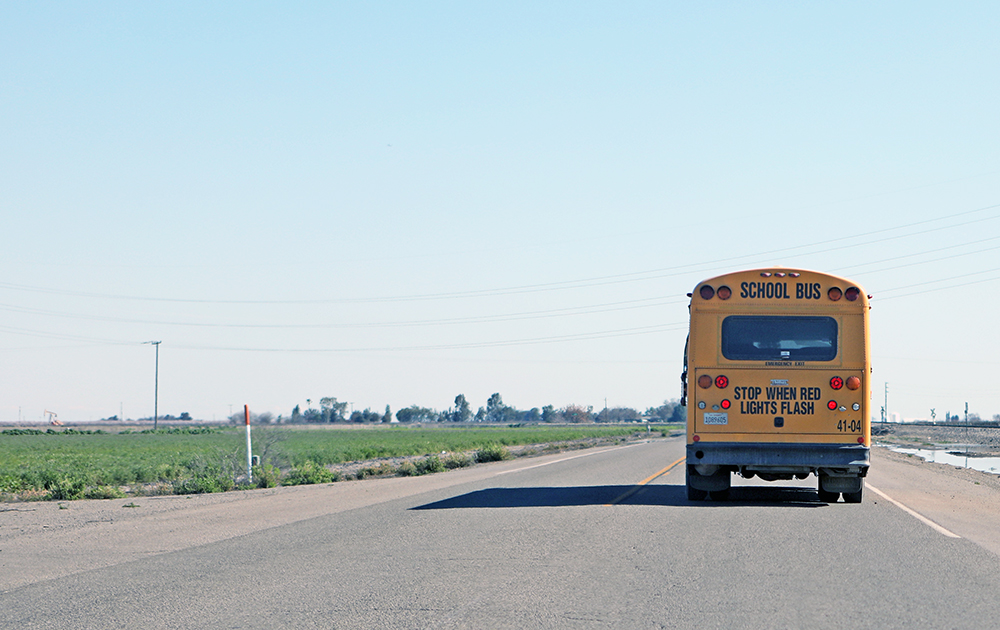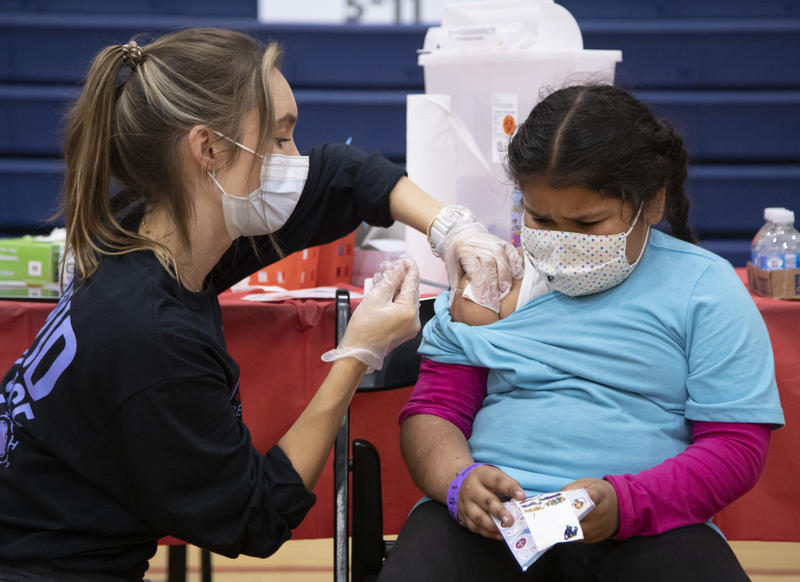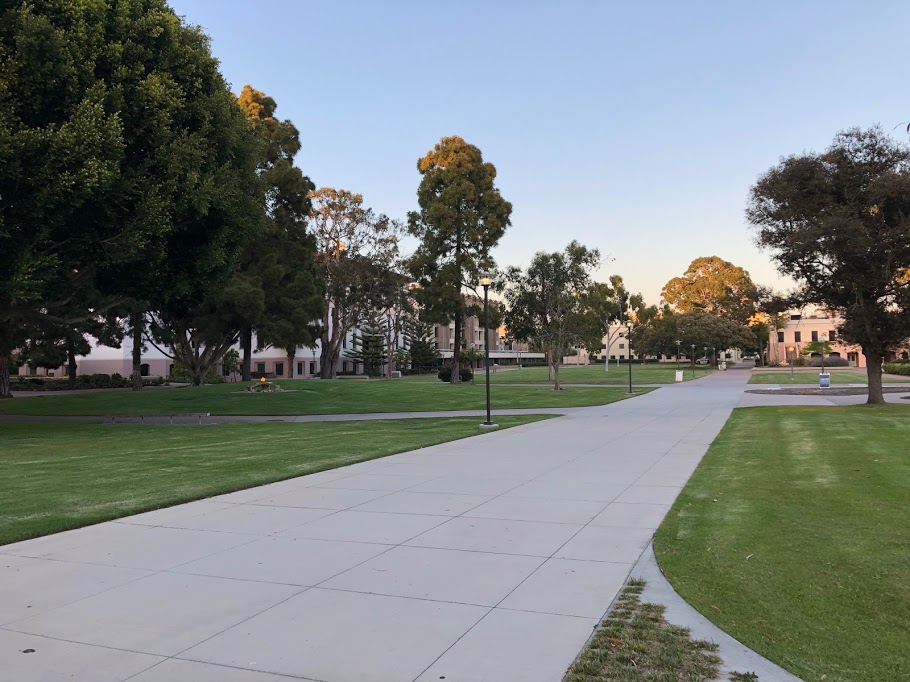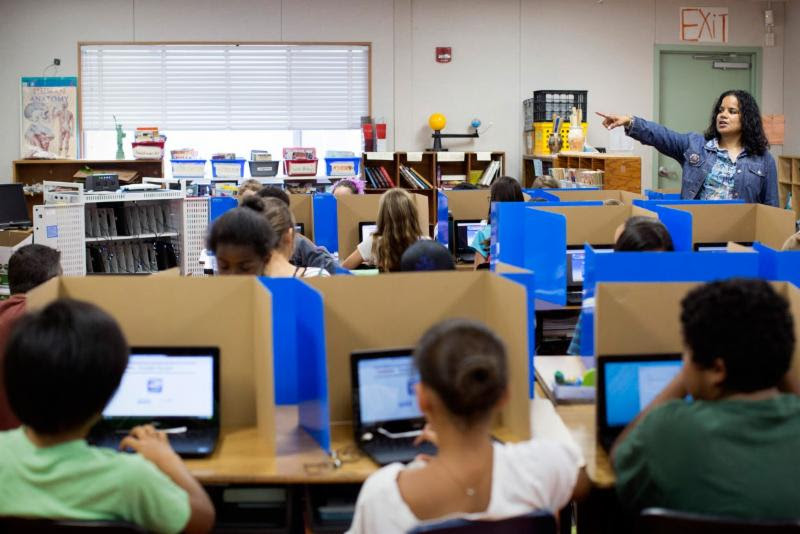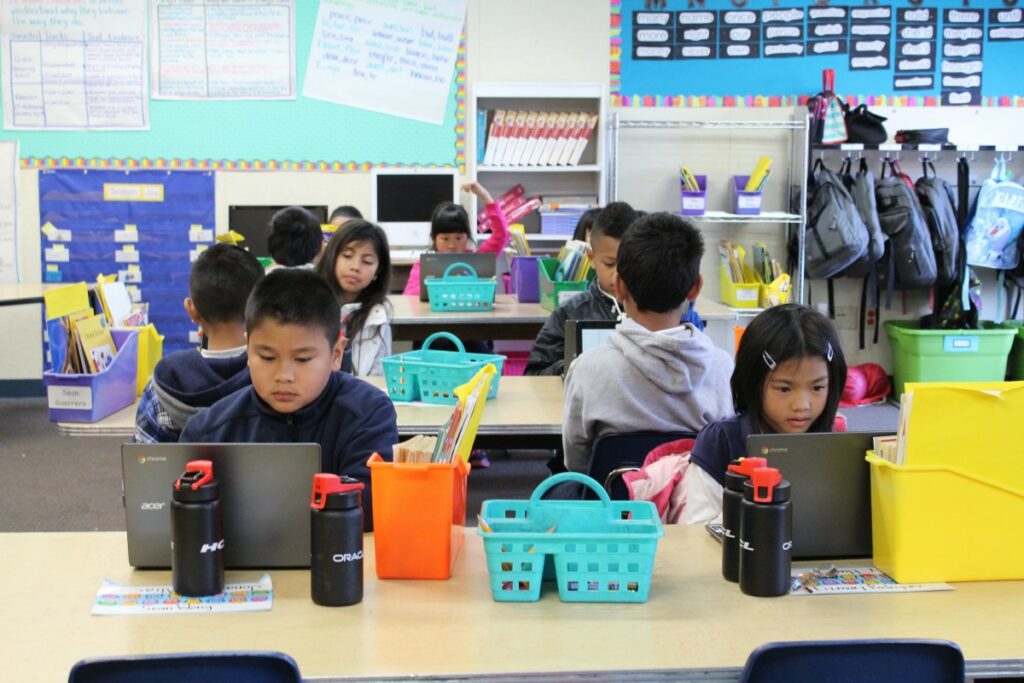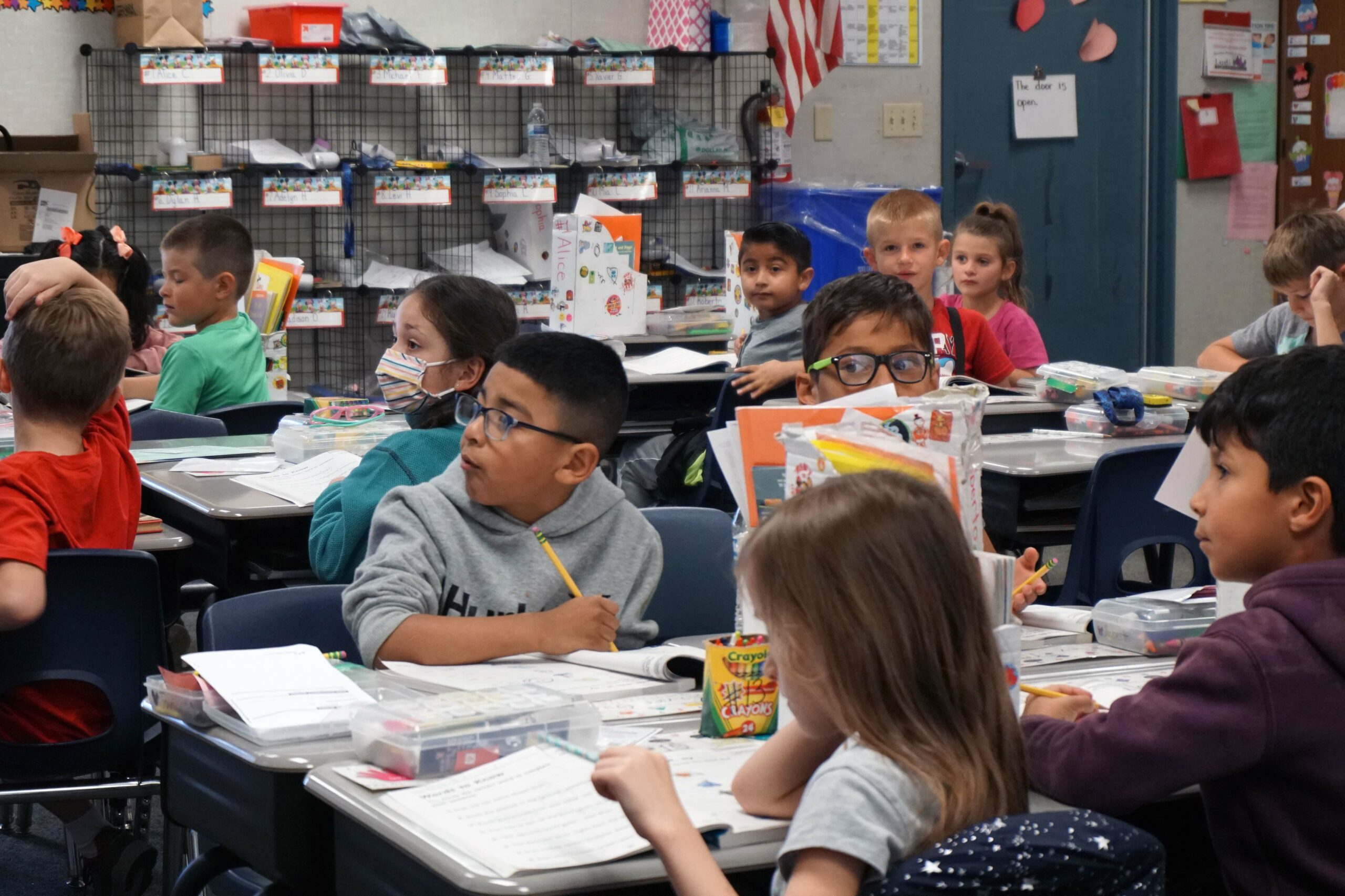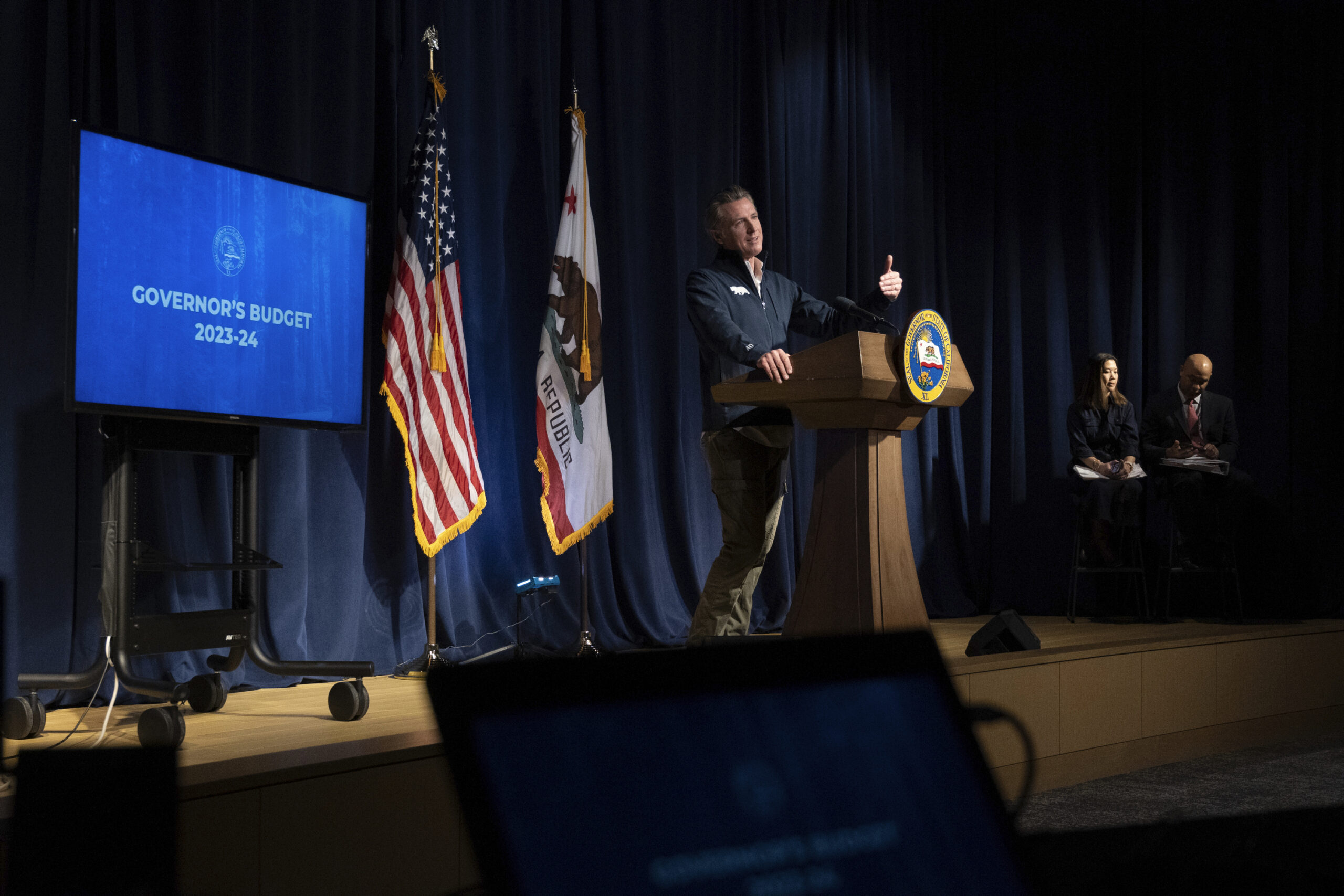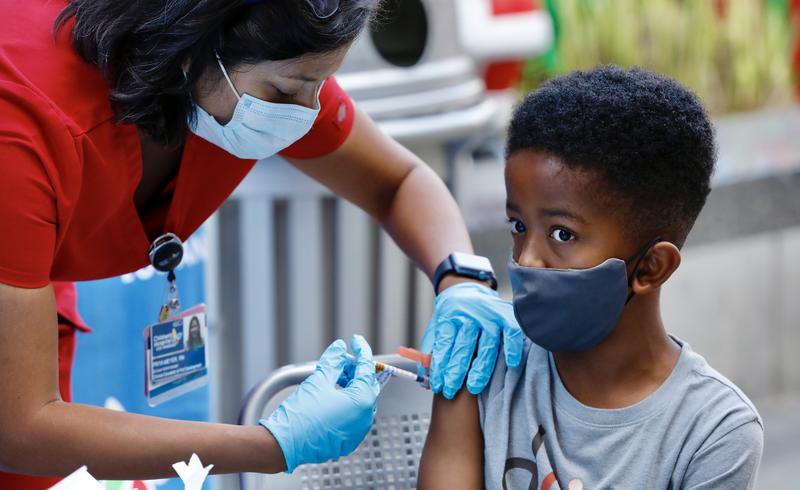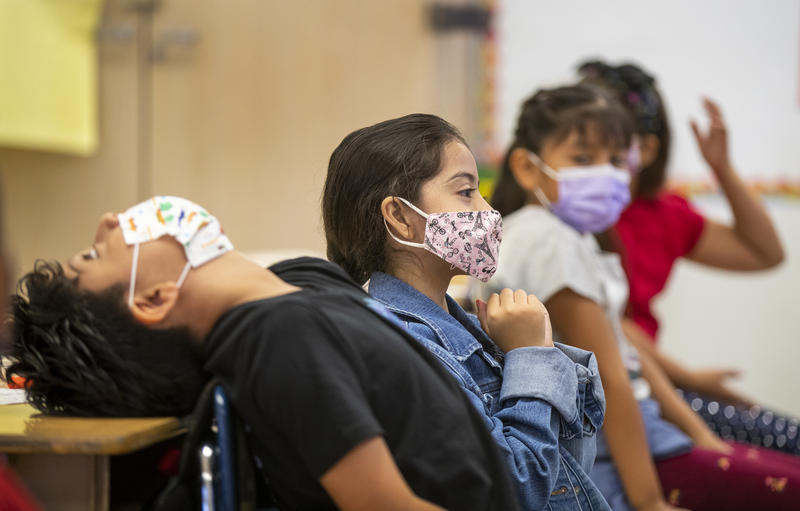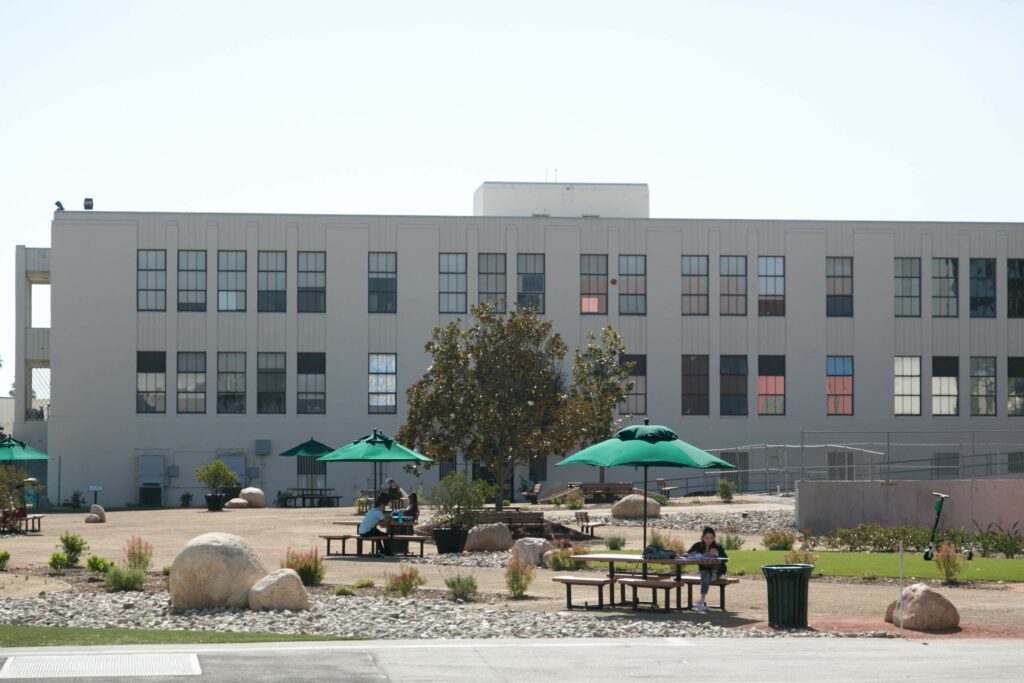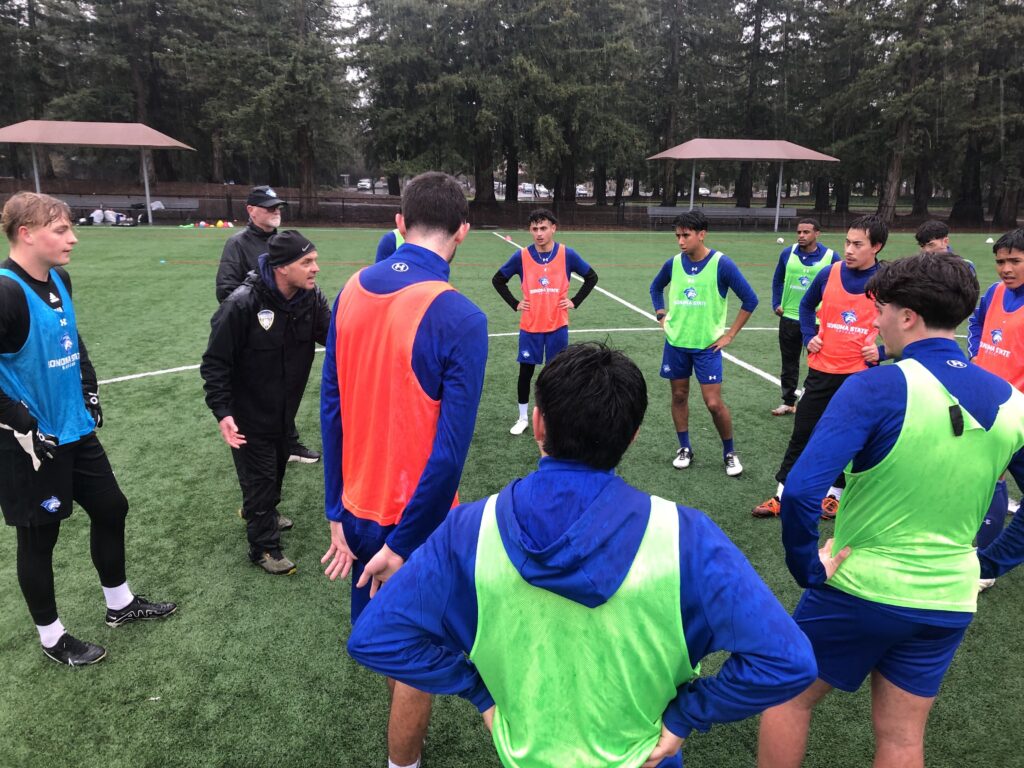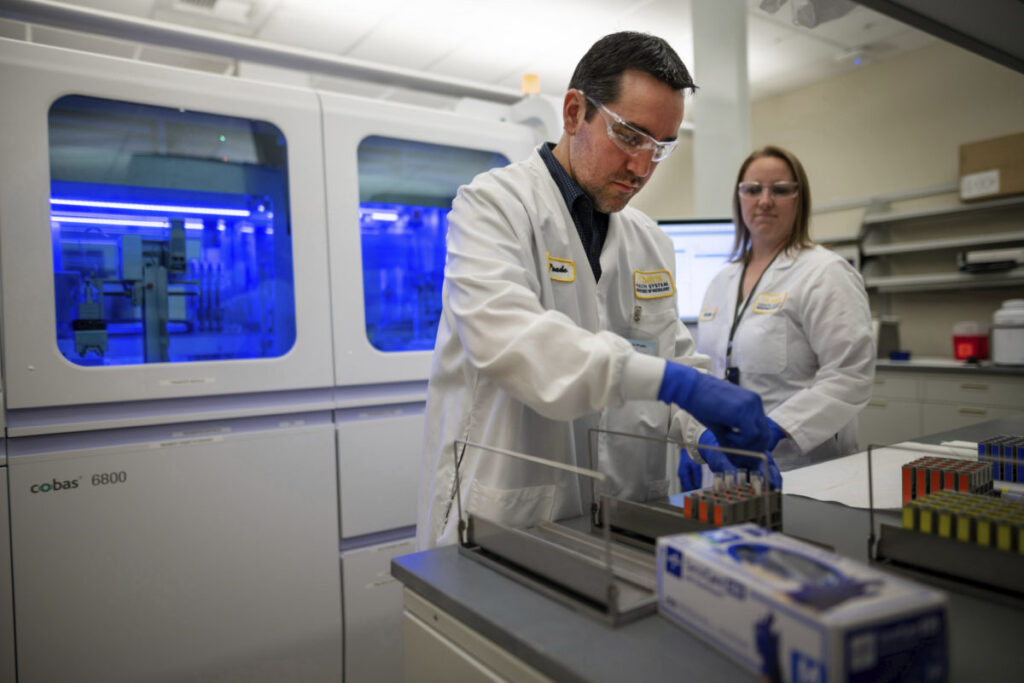
Credit: Carlos Kosienski/Sipa via AP Images
Este artículo está disponible en Español. Léelo en español.
TOP TAKEAWAYS
- The U.S. Department of Education announced that it is reducing its workforce by half, shutting seven of 12 regional branches of its Office for Civil Rights.
- California has over 700 pending cases with the Office for Civil Rights. The Trump administration has not provided details on what happens to cases handled by the shuttered regional office in San Francisco.
- The administration said this dramatic slashing would be followed by “significant reorganization to better serve students, parents, educators and taxpayers.”
- Educators and civil rights advocates say that vulnerable students will not have recourse when schools violate their civil rights.
The announcement of a large-scale effort to reduce the workforce of the U.S. Department of Education on Tuesday — or nearly half of the agency’s staff — is raising concerns among California educators and advocates about the future of civil rights enforcement and funding for vulnerable students.
About 1,300 federal workers will be placed on administrative leave as of March 21 or have accepted a voluntary resignation agreement, according to a news release by U.S. Secretary of Education Linda McMahon.
Seven of 12 regional offices that handle federal civil rights complaints were shuttered, including the Office for Civil Rights branch in San Francisco, which handles complaints filed in California.
“There is no federal presence enforcing civil rights in schools in California,” said Catherine Lhamon, the former assistant secretary for civil rights at the U.S. Department of Education. “Our country and California will effectively see an end to a federal backstop of harm in schools.”
While local and state governments provide the vast majority of funding and governance for TK-12 schools and higher education, the federal government handles key aspects of education in the U.S., including disbursing student loans and Pell Grants; funding programs for students with disabilities as well as schools serving low-income students; and overseeing national research that provides critical data for educators and policymakers.
The U.S. Department of Education is also tasked with enforcing federal civil rights laws, authorized by Congress, through its Office for Civil Rights in order to protect students from discrimination. California alone has more than 700 pending complaints of civil rights violations.
“I don’t know what is going to happen to those cases,” said an attorney who works in the San Francisco branch of the Office for Civil Rights. The attorney declined to be identified, citing concerns about retaliation for speaking out. “The students are going to suffer.”
McMahon said in a statement that the reduction in force reflects a commitment to efficiency and accountability, and that the department will “continue to deliver on all statutory programs that fall under the agency’s purview, including formula funding, student loans, Pell Grants, funding for special needs students, and competitive grantmaking.”
Some conservative groups, such as the Cato Institute, applauded the dramatic slashing of staff.
“We don’t know how many people are actually needed to execute (the U.S. Department of Education) jobs, and it’s time to find out if it’s been a bloated bureaucracy all along,” said Neal McCluskey, director of Cato’s Center for Educational Freedom.
But many educators and advocacy groups who work with students forcefully condemned the cuts.
The Los Angeles Unified School District board passed a resolution Tuesday condemning the cuts to the U.S. Education Department, as well as cuts to other federal funding for school meals and Medicaid. Board member Kelly Gonez called on legislators to “push back against this radical and cruel agenda.”
“The Trump administration and its allies in Congress are looking to decimate federal funding to schools, including cuts to school meals, MediCal, and education block grants,” Gonez said. “More threats are on the horizon due to Trump’s ongoing efforts to dismantle the Department of Education entirely. We will not stand by while this administration removes essential support for students.”
‘These are not minor issues’
After a student with autism died after being restrained, Davis Joint Unified agreed to change its policies and training related to secluding and restraining students in 2022. That same year, Los Angeles Unified promised to address the concerns of disabled students who said they received little legally required special assistance during the height of the pandemic.
These are just a few of the high-profile complaints that the Office for Civil Rights investigated and settled in California.
“These are not minor issues,” said Lhamon, who was then the assistant secretary for civil rights.
The Biden administration pleaded with Congress for additional funding to staff the Office for Civil Rights, which was facing a mushrooming caseload that reached an all-time high during his presidency, according to the Office for Civil Rights’ annual report. Now staff face the prospect of their caseload doubling from 50 cases per person to 100 cases — an “untenable” number, Lhamon said.
The increase in cases, combined with an existing staffing shortage has likely created a backlog, extending the wait time for investigations to be completed and findings issued, said Megan Stanton-Trehan, a senior attorney at Disability Rights California who represents students with disabilities.
“With increasing complaints and an idea that we want to increase efficiency, what we shouldn’t be doing is closing offices and decreasing the workforce, unless what we really want is to not enforce civil rights,” said Stanton-Trehan.
The federal government is sending the message that though students are required to attend school, there is no federal agency that will protect them from harm, Lhamon said.
“That’s dangerous for democracy; it’s dangerous for schools,” she said.
The U.S. Department of Education has not announced a plan for transferring cases from San Francisco or any other shuttered regional office.
“We are in this work because we care, and we are compassionate,” said the San Francisco Office for Civil Rights attorney. “We are devastated for our students.”
The Office for Civil Rights page listed 772 records of pending cases that the office is currently investigating in the state of California, though it does not include any cases filed after Jan. 3. Of those, 597 of the listed cases involved K-12 institutions, while another 175 involved post-secondary education. Many of the complaints — 388 pending cases — involve disability discrimination complaints.
The cases date back to complaints filed in 2016 on a range of topics, including discrimination on the basis of national origin, religion and English learner status, as well as allegations of sexual violence, racial harassment and retaliation.
Earlier this week, the Trump administration announced that it had sent letters to 60 universities to inform them that the Office for Civil Rights was investigating them for antisemitic discrimination. That list included Sacramento State, Chapman University, Pomona College, Santa Monica College, Stanford University, UC Davis, UC San Diego, UC Santa Barbara and UC Berkeley.
Ana Najera-Mendoza, director of education equity and senior staff attorney for the American Civil Liberties Union (ACLU) Southern California, is concerned that these complaints may take precedence over others. Every complaint filed in the Office for Civil Rights deserves to be considered in good faith, she said.
Stating that a reduction in force doesn’t equate to a reduction in the department’s responsibilities, Najera-Mendoza said, “No administration should elect to enforce some complaints over others to enforce a specific agenda.”
